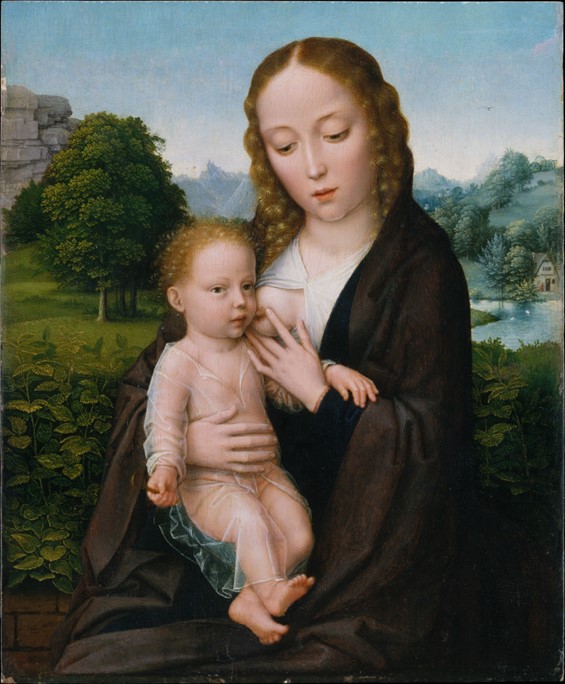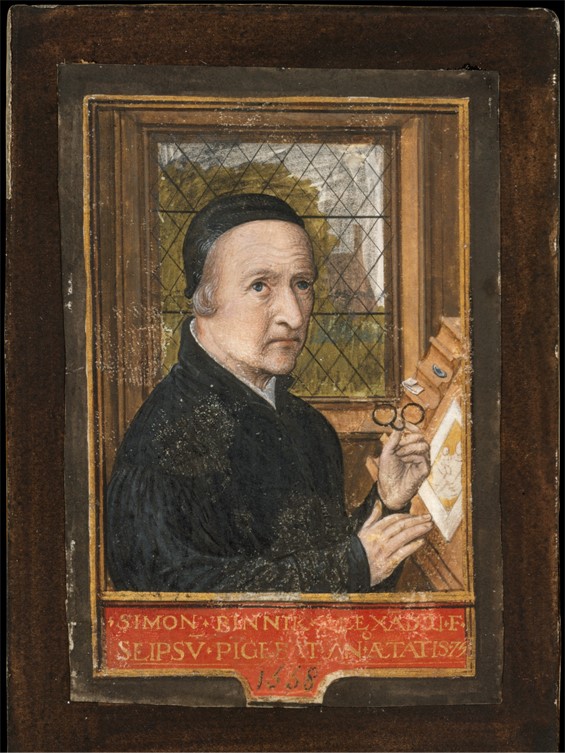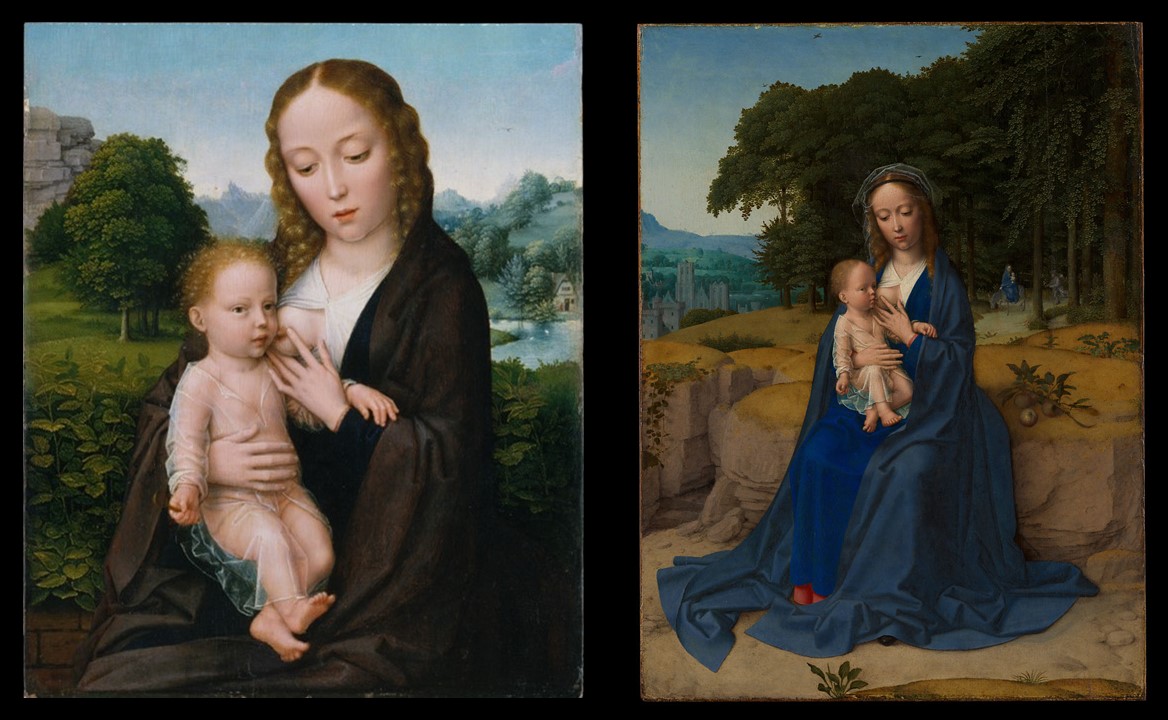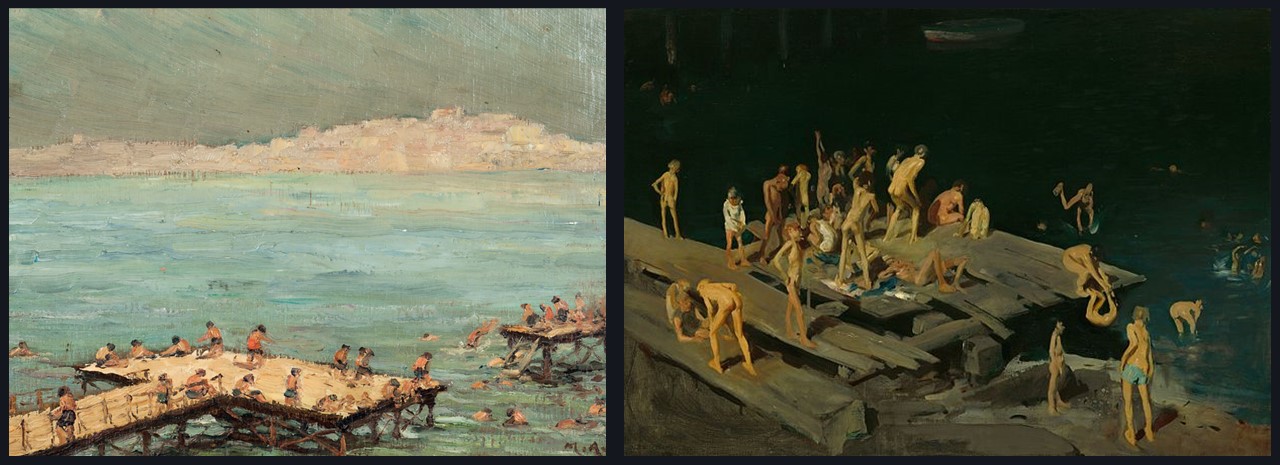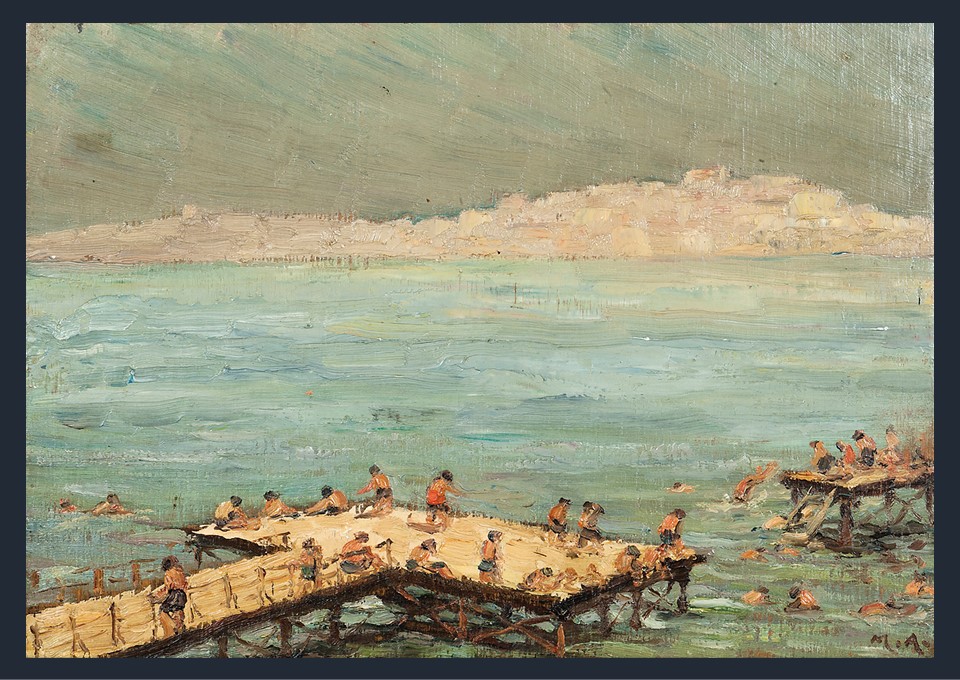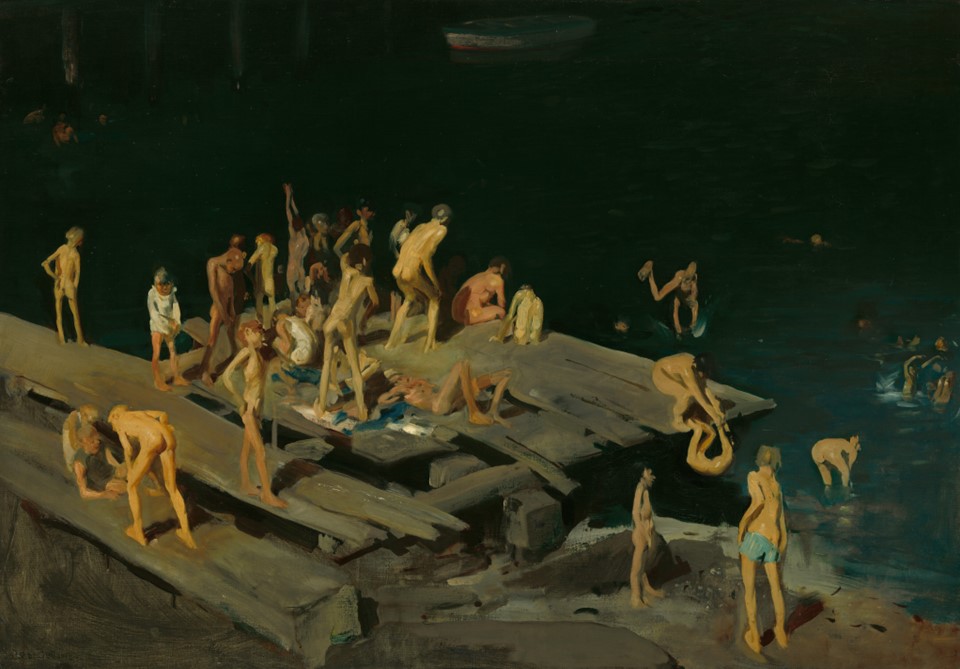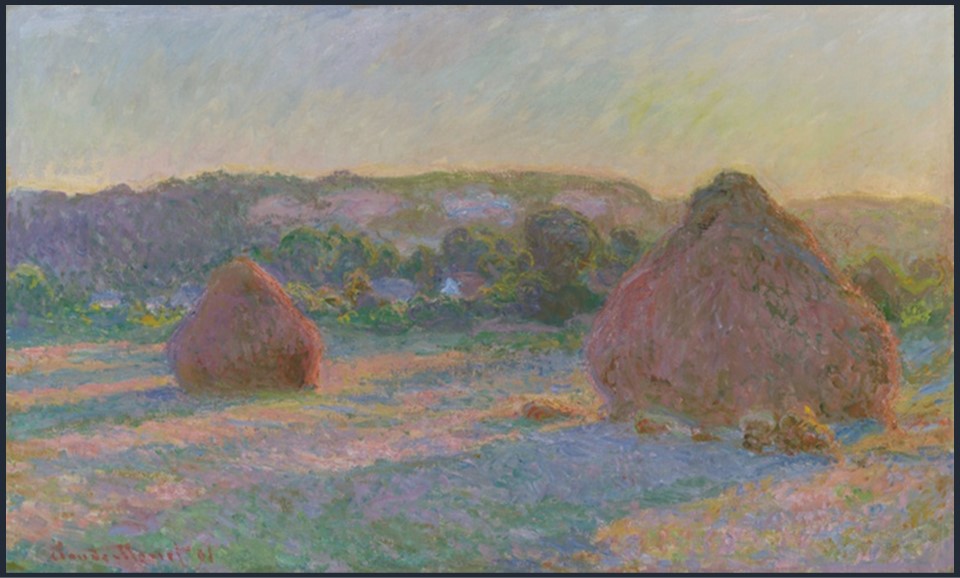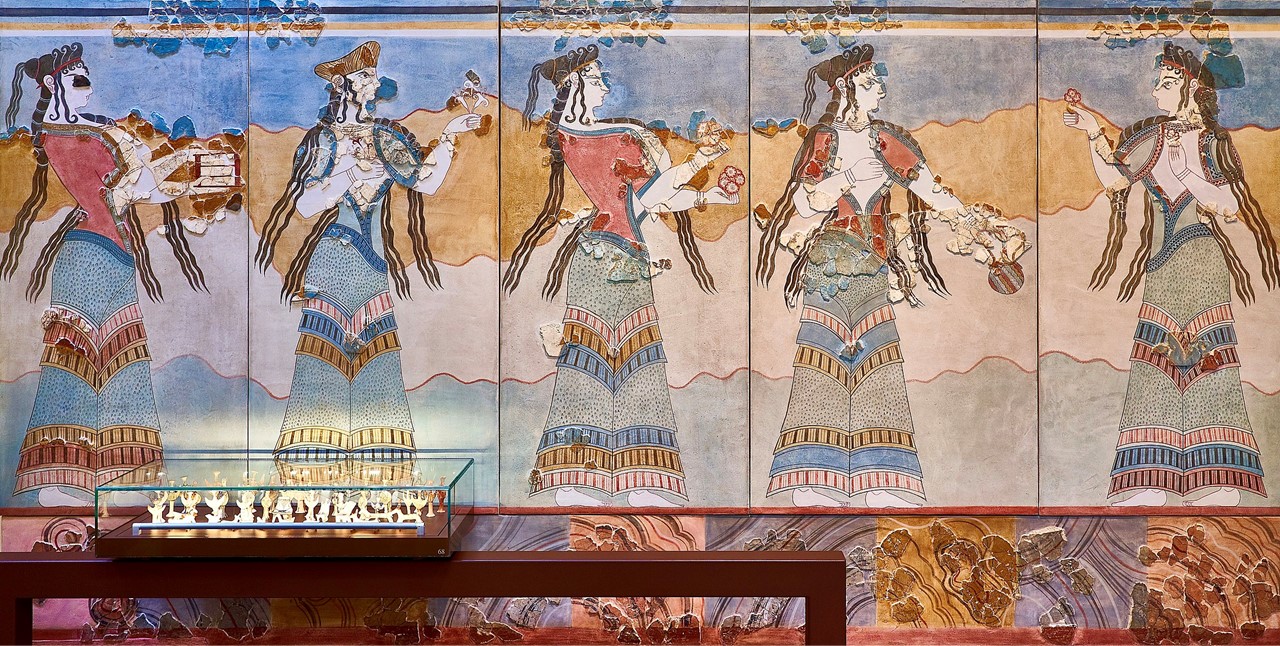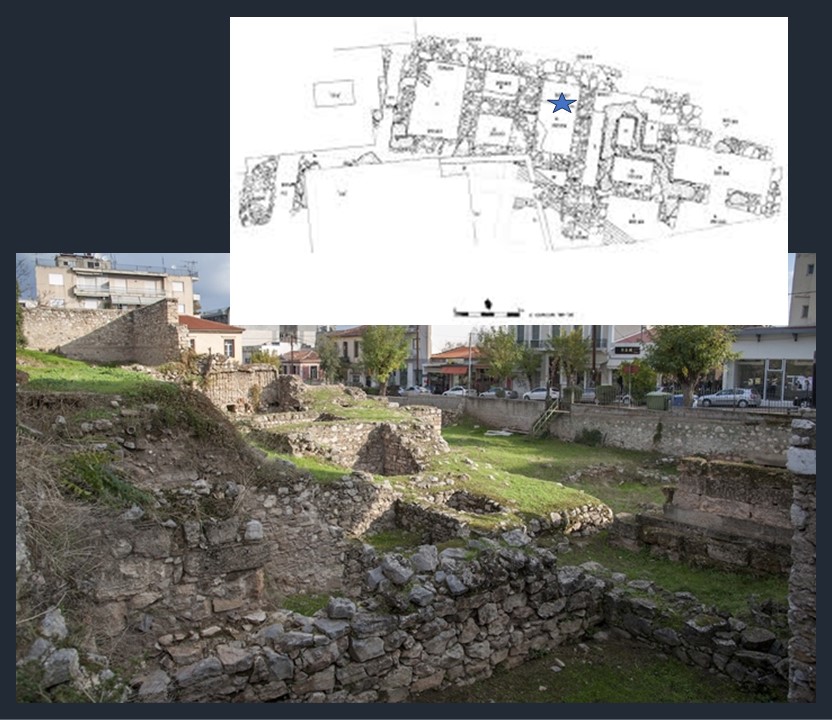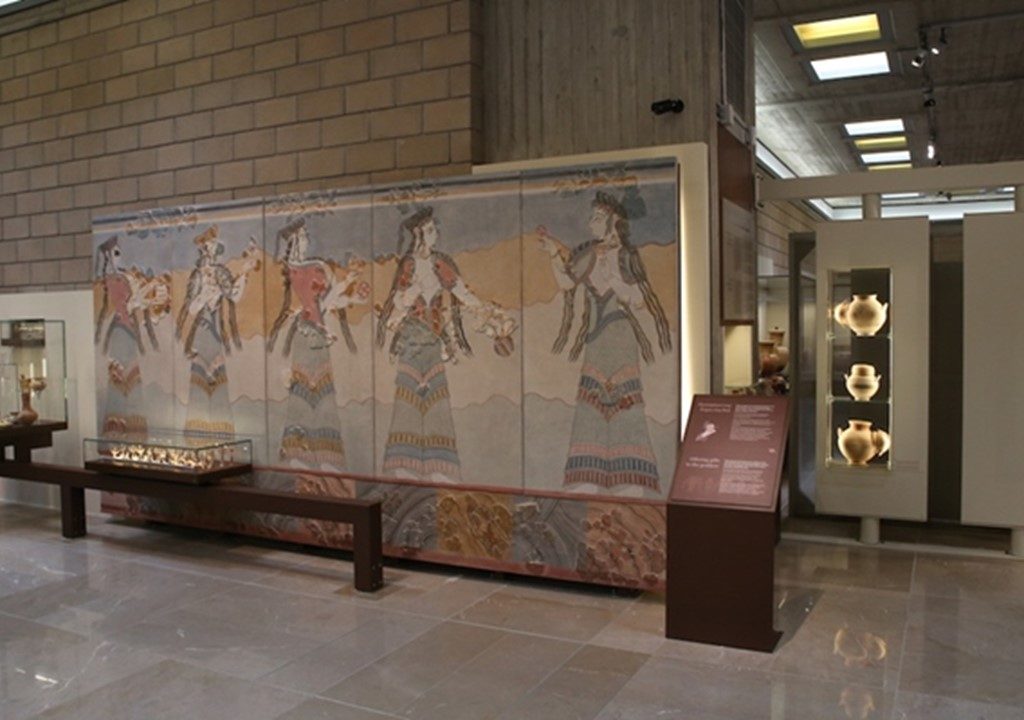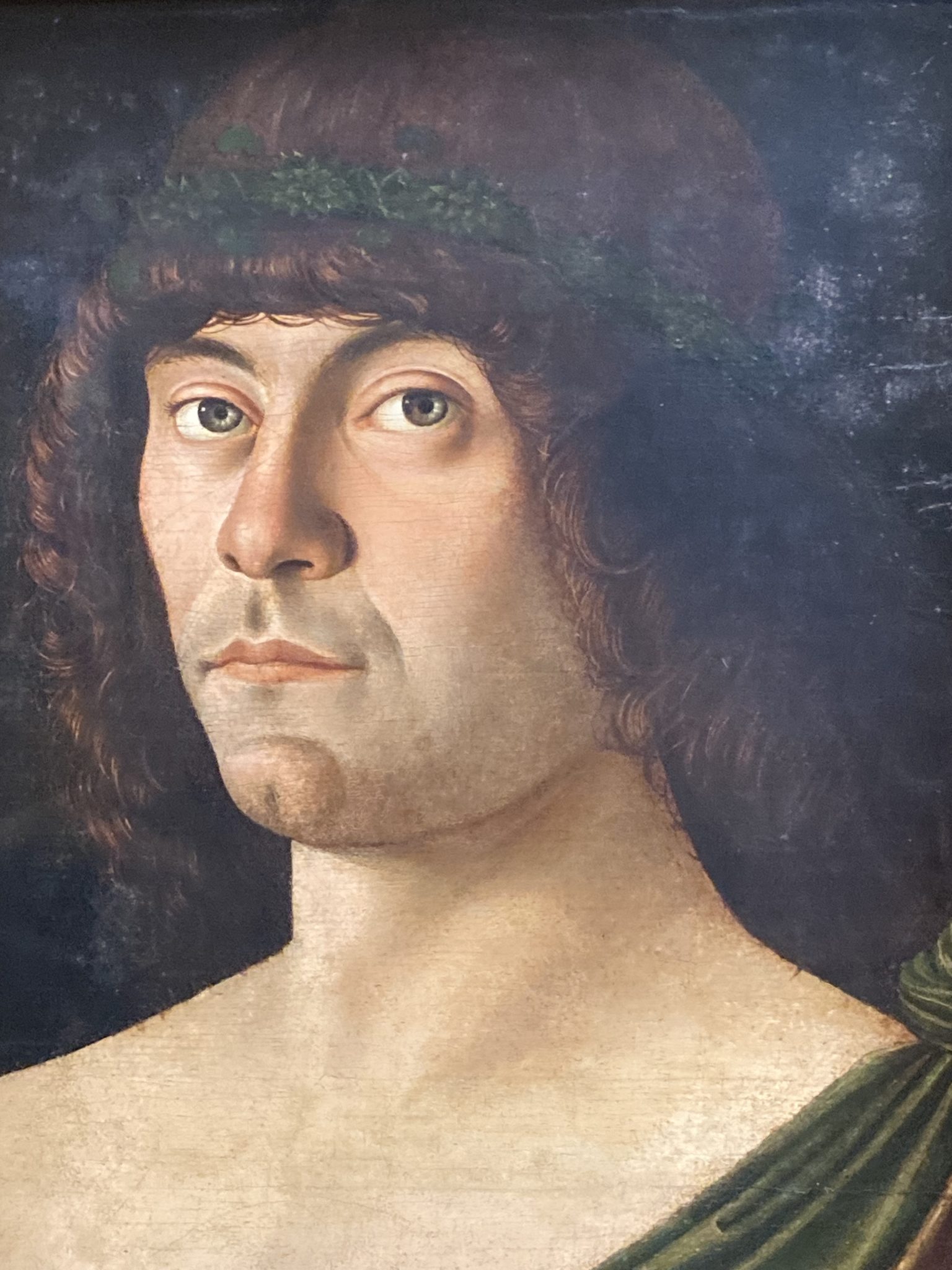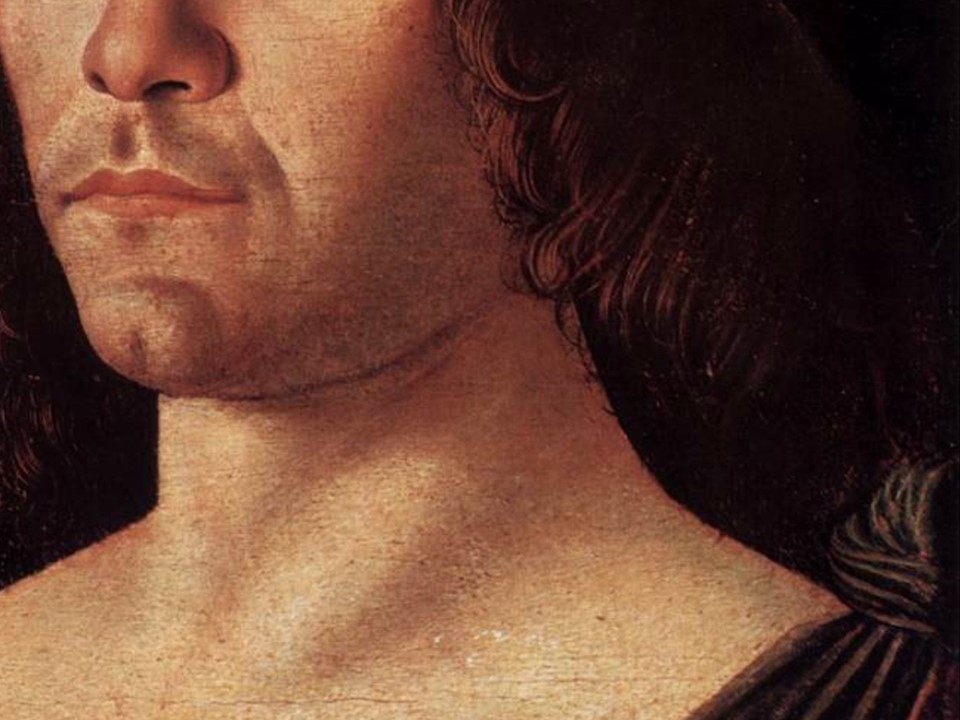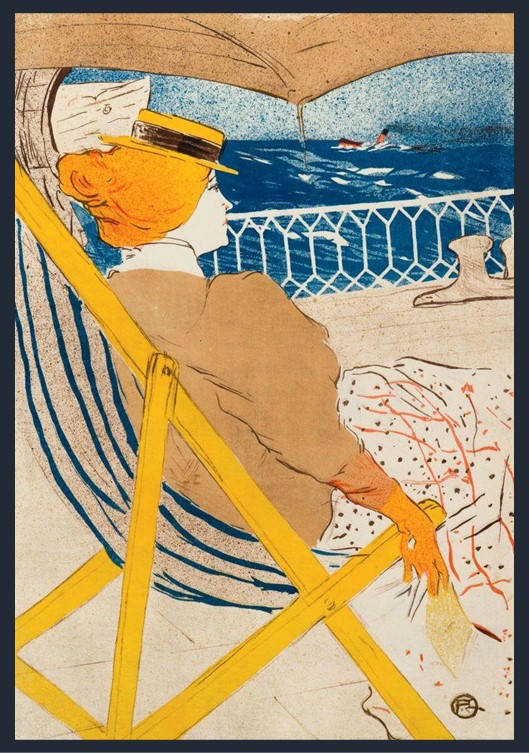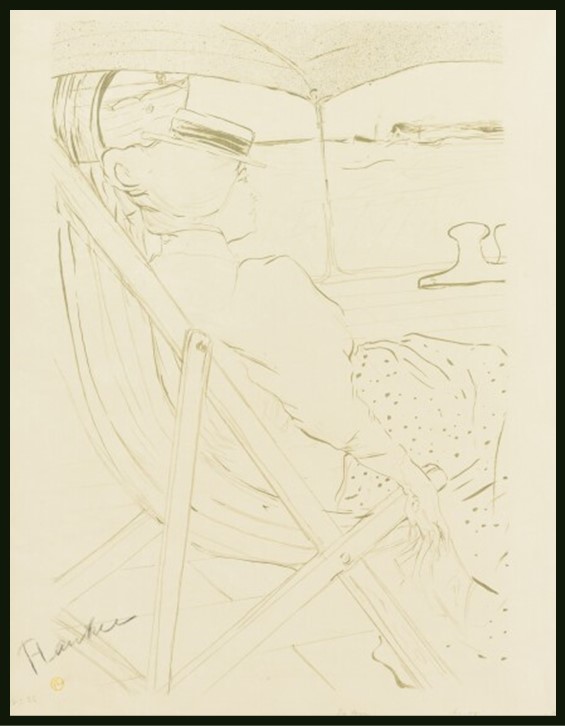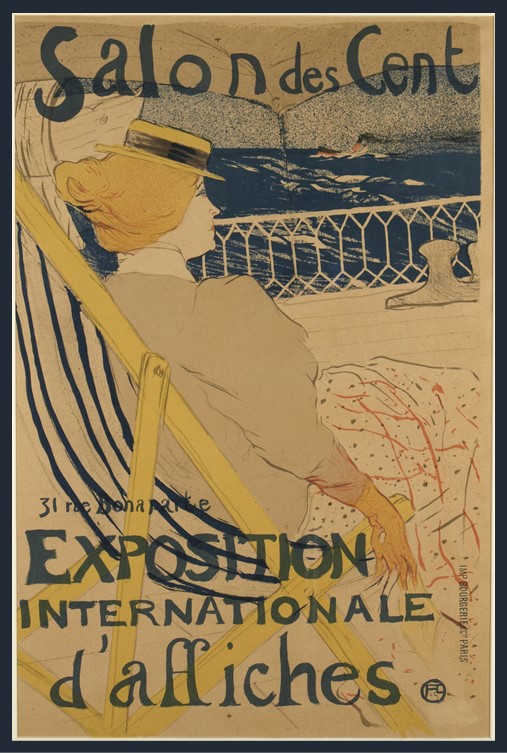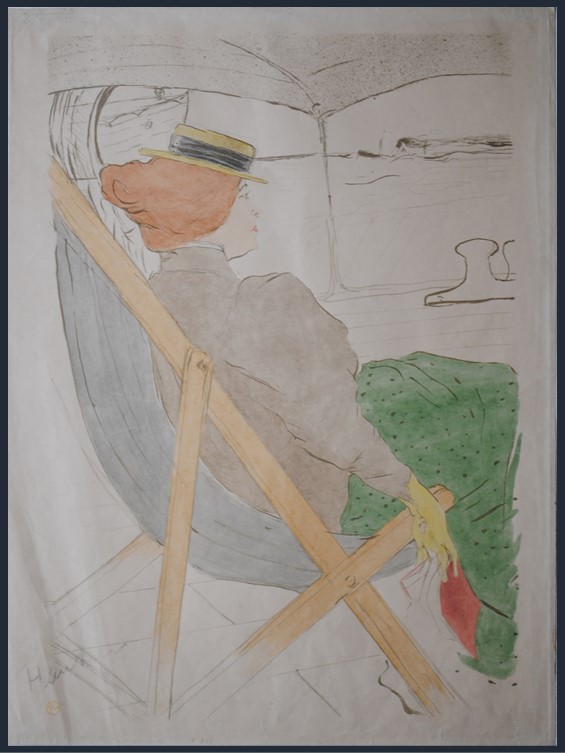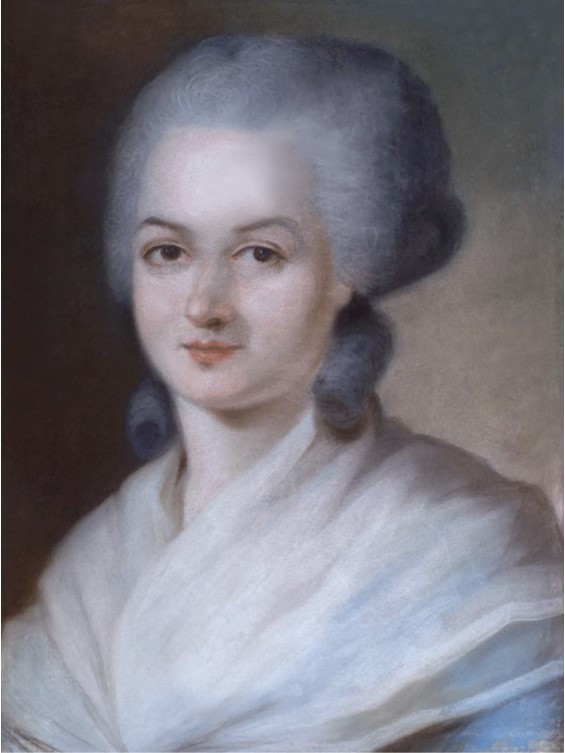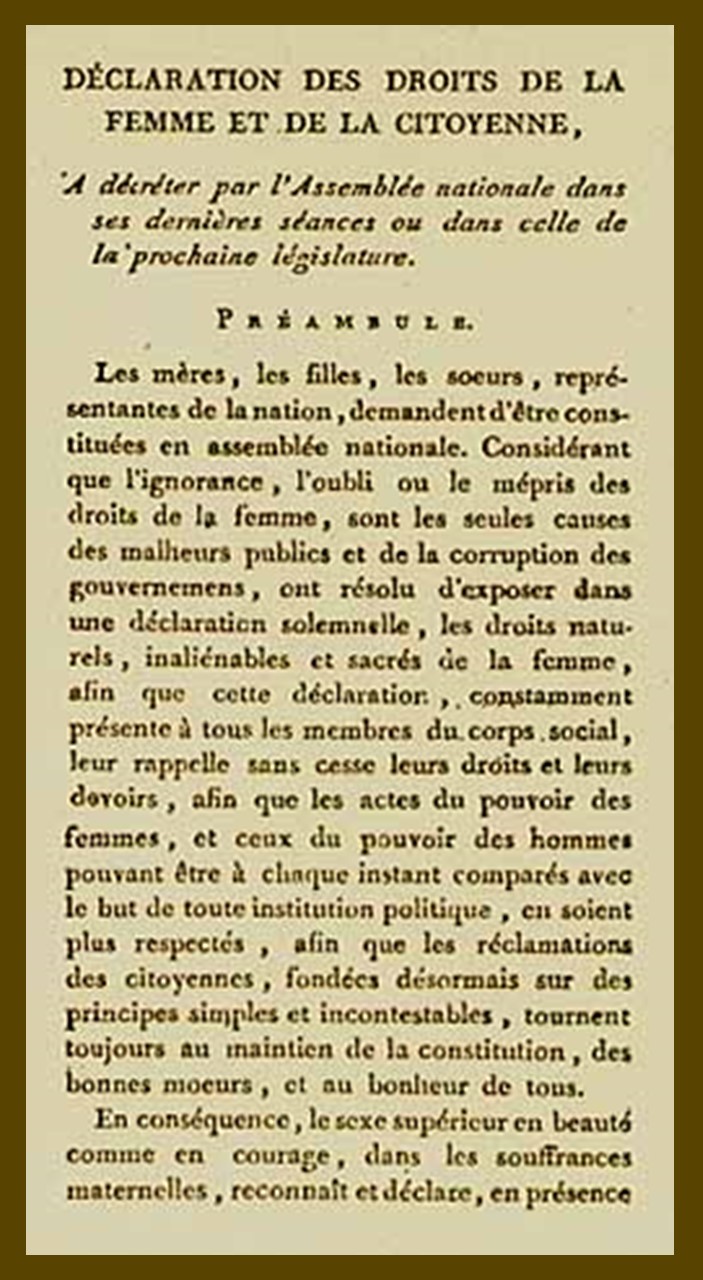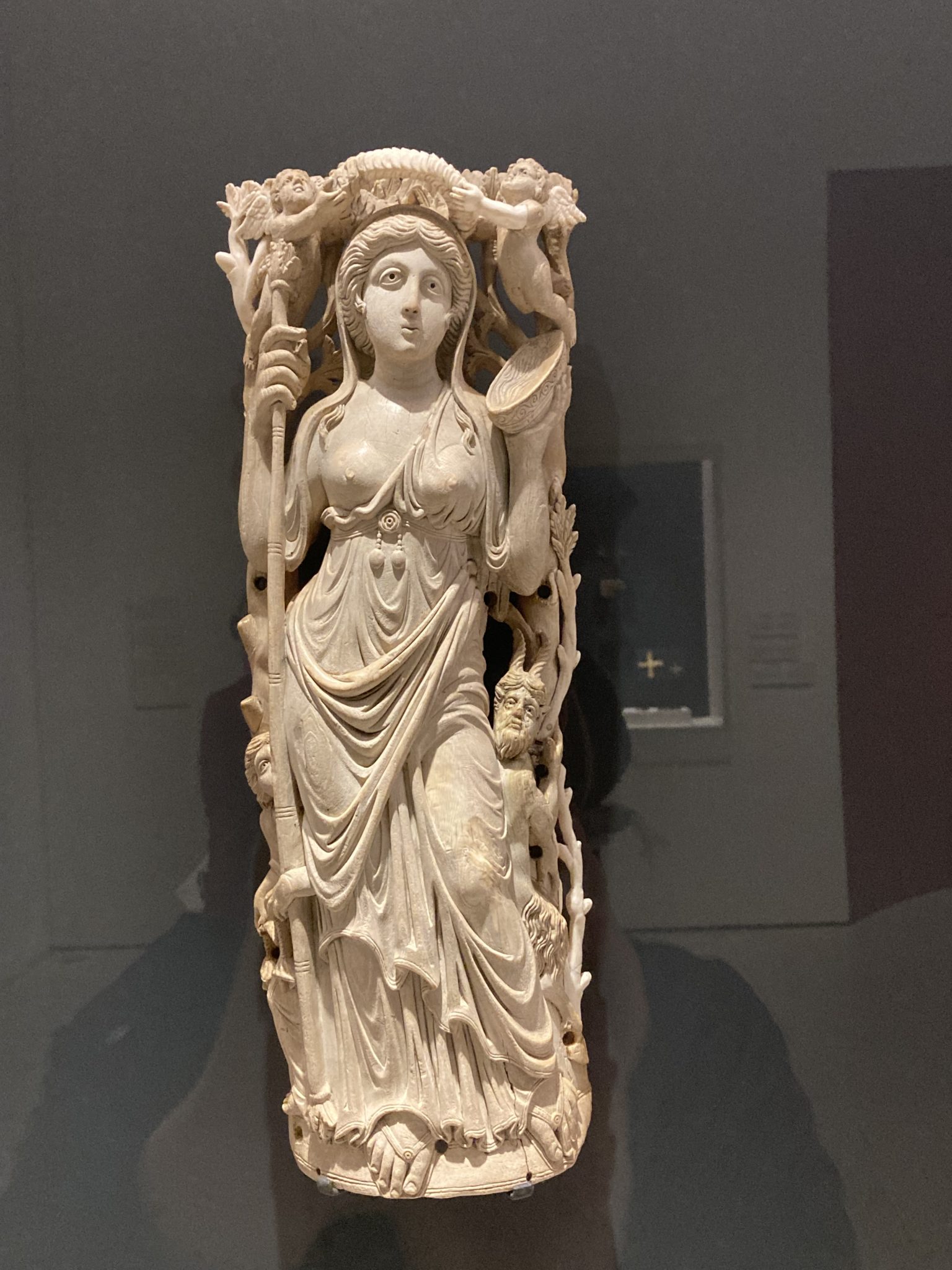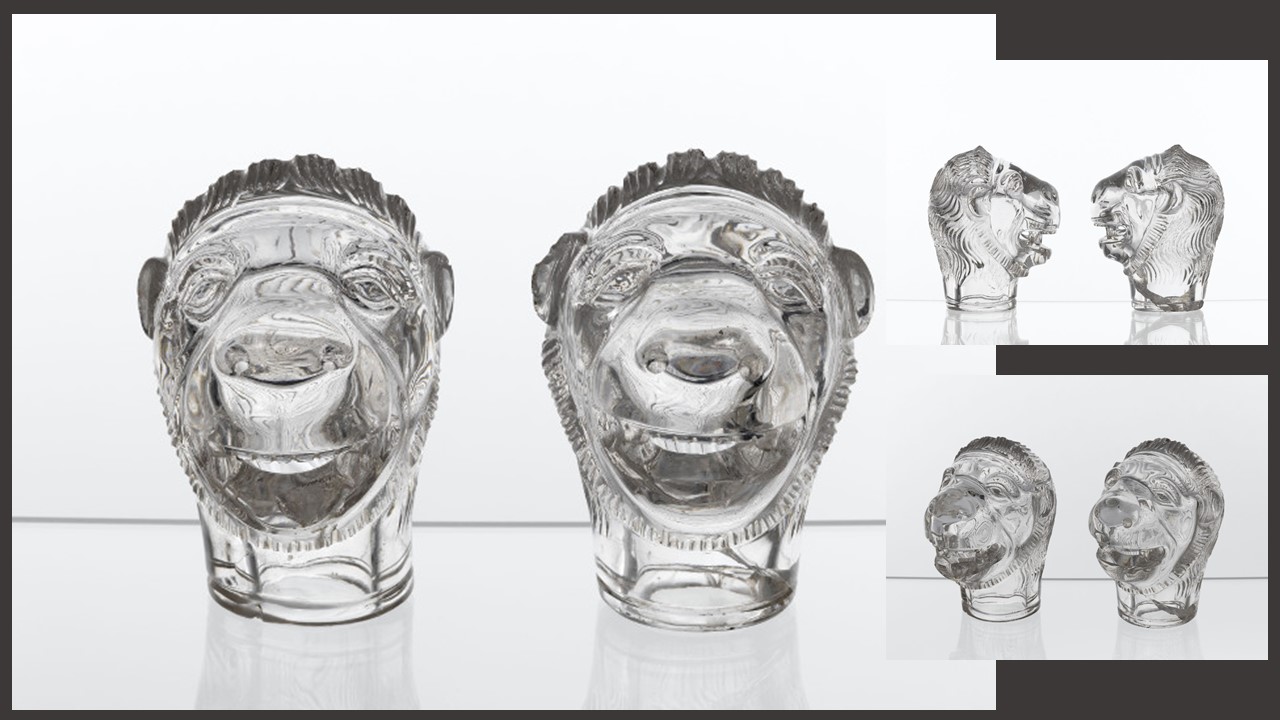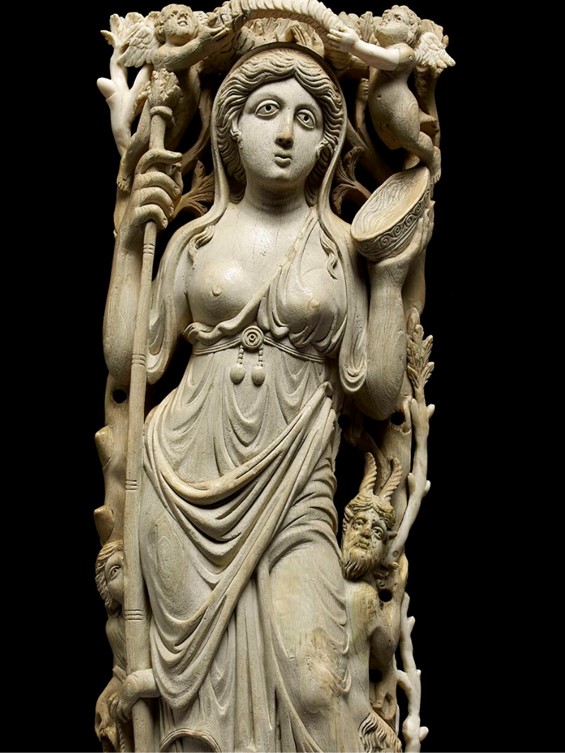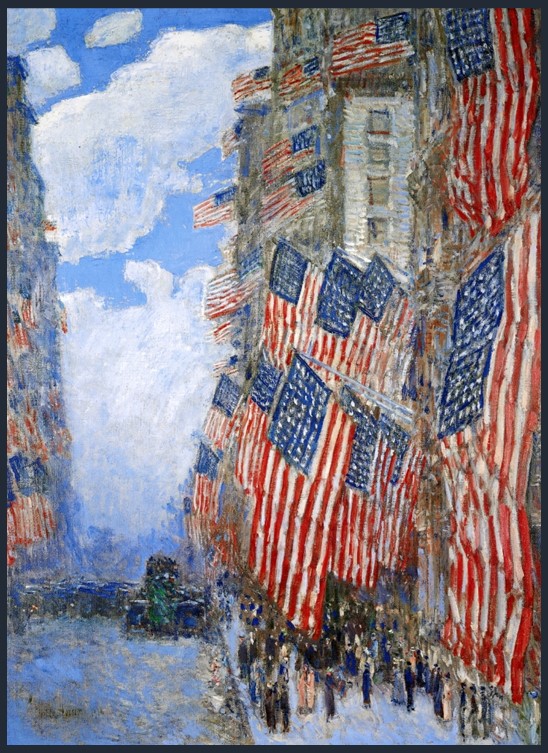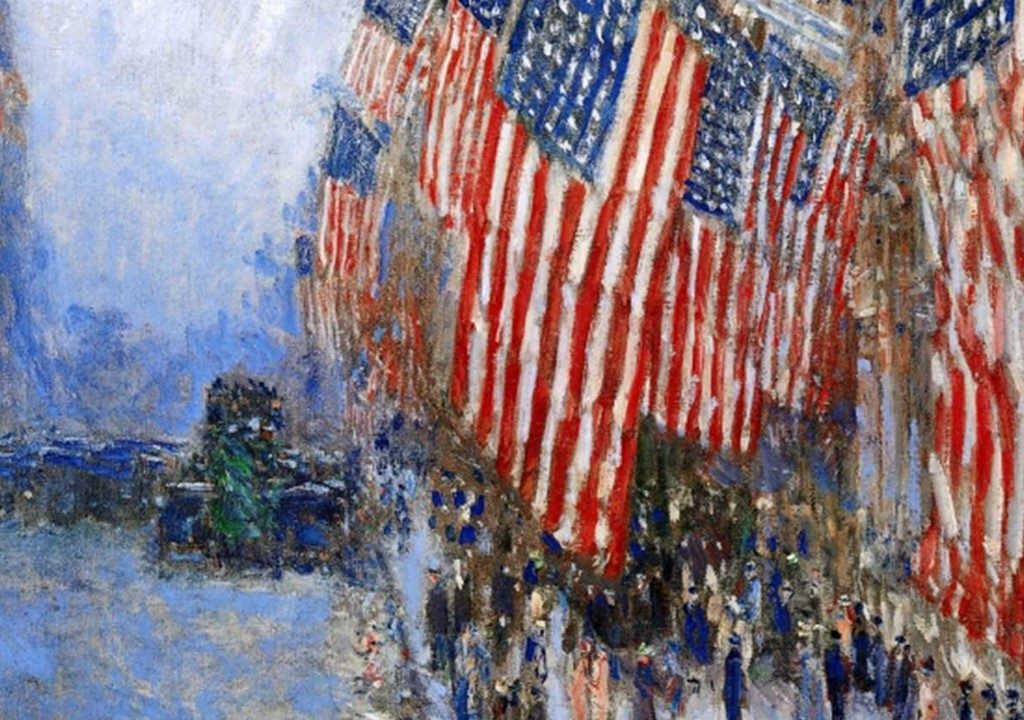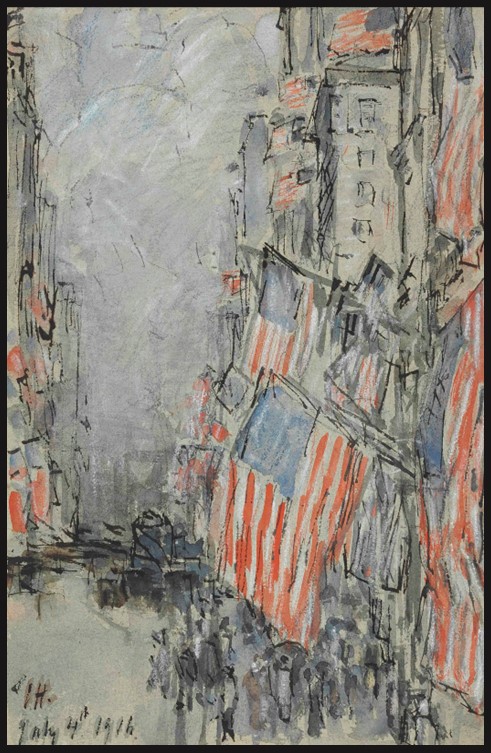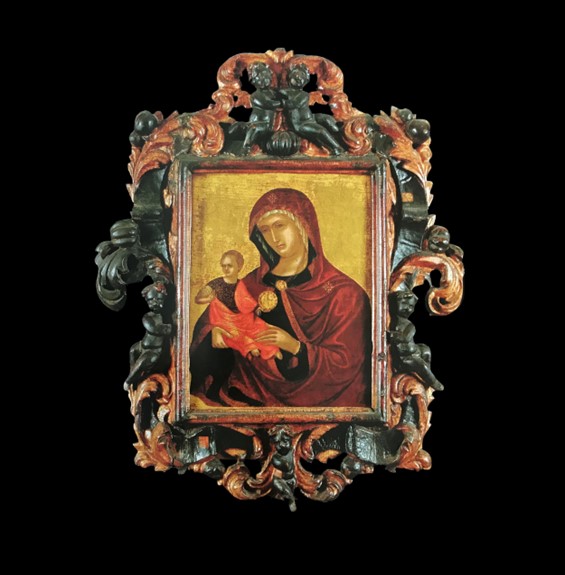
Given this state of affairs and stepping out as though on the royal highway, following as we are the God-spoken teaching of our holy fathers and the tradition of the catholic church – for we recognize that this tradition comes from the Holy Spirit who dwells in her – we decree with full precision and care that, like the figure of the honoured and life-giving cross, the revered and holy images, whether painted or made of mosaic or of other suitable material, are to be exposed in the holy churches of God, on sacred instruments and vestments, on walls and panels, in houses and by public ways, these are the images of our Lord, God and saviour, Jesus Christ, and of our Lady without blemish, the holy God-bearer, and of the revered angels and of any of the saintly holy men. This is how the Council of Nicaea II, in 787 AD described the Restoration of the Holy Icons. The Madre della Consolazione Icon in the Canellopoulos Museum of our Lady without blemish, and the infant God and saviour, Jesus Christ, is a wonderful example of this declaration… https://www.papalencyclicals.net/councils/ecum07.htm
Paul and Alexandra Canellopoulos Museum in Athens has an important collection of Byzantine and post-Byzantine artworks dating from the formative years of the Byzantine era (4th-7th century AD) to the post-Byzantine and Modern periods (1453-1821). The Museum’s collection includes paintings, miniatures, gold and silverwork, wood carvings, and embroidery, as well as jewelry, coins, mosaics, wall paintings, and Patriarchal documents spanning from the 18th and the 19th centuries to the flourishing icon-painting workshops of Mount Athos. Worth noting is that the artwork in the Collection reveals diverse cultural influences that make up the breadth of Byzantine art, resulting in exceptional elegance and originality. https://camu.gr/en/art/byzantine-art/
Going through the Museum’s Collection of Icons I was impressed by the represented high-quality examples of Constantinopolitan, Macedonian, and Cretan styles of Byzantine painting. Particularly impressive is the group of Icons that represents the Post-Byzantine Cretan School. According to the Museum’s experts… almost all the great hagiographers of the Cretan School from the years after the Fall of Constantinople are represented in the Museum, including Nicolaos Tzafouris, Michael Damaskenos, Emmanuel Lambardos, Frangias Kavertzas, Ieremias Palladas, Victor, and Emmanuel Tzanes. https://camu.gr/en/art/byzantine-art/
I was immediately drawn to a 15th-century Icon presenting the Madre della Consolazione. How couldn’t I, when the Eastern Byzantine representational style, harmoniously met and adapted to the novel ideas of the ‘Maniera Greca’ style of 15th century Venice. An added bonus to the overall impression of this remarkable Icon is its Baroque wood-carved frame. High-relief open-work decoration of scrolling leaves and fruits, a ribbon passing between them, and five angels, almost sculpted in the round, create an impression of added opulence, and luxury.
The Canellopoulos Museum Icon is a typical example of an ‘Italo-Cretan’ style ‘Madre della Consolazione’ composition. It depicts the Virgin Mary in the ‘bust’ format, against the traditional Byzantine gold background, holding the infant Jesus on her right arm. Mary is depicted with a serene expression, gazing, with slanted eyes, at the child she affectionately holds. The infant Jesus presents the gold globus cruciger of the world with his left hand, and blesses the viewer with his right.
Inspired by the Byzantine tradition, Mary wears a red maphorion trimmed with elaborate gold embroidery of pseudo-Kufic motifs on its edge and carries the three gold stars (only two are visible), which symbolize chastity, on her forehead and her shoulders. The infant Christ, on the other hand, placed on the right side of the composition, is dressed in a white chiton, a deep blue ‘chemise’ of a Western type, embroidered richly in gold, and an orange himation with gold Byzantine striations.
Superbly crafted, and refined in execution, the Madre della Consolazione composition aims to convey a sense of comfort, solace, and maternal love. The overall mood of the Canellopoulos Museum Icon is one of sweet tenderness and compassion.
For a Student Activity, please… Check HERE!
